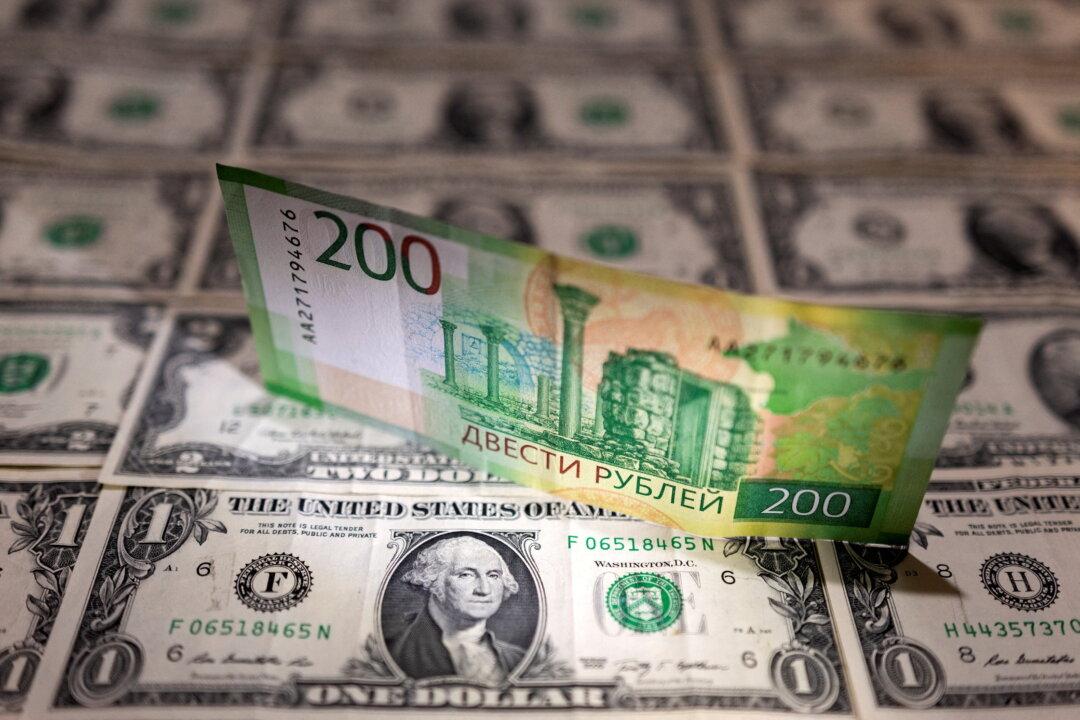Commentary
There are numerous headlines showing the surprising recovery of the Russian ruble against the U.S. dollar and the euro. By the first week of April, the Russian currency had recovered all the losses against the greenback and the euro area currency.





